Wooden covered pergolas have become a popular addition to outdoor spaces, offering both aesthetic appeal and practical benefits. Whether you’re looking to create a shaded retreat, extend your living area, or simply add a touch of elegance to your backyard, a wooden covered pergola can transform your outdoor experience.
These structures are highly customizable, allowing you to choose from various designs, materials, and finishes to match your personal style and the architectural features of your home. From classic to contemporary, rustic to modern, there’s a wooden covered pergola to complement any taste.
Structural Features
Wooden covered pergolas are characterized by their sturdy and aesthetically pleasing structure. Understanding the key components and materials used in their construction is crucial for ensuring durability and visual appeal.
The primary structural components of a wooden covered pergola include beams, rafters, and supports.
Beams
Beams are the horizontal members that run along the top of the pergola and provide support for the rafters. They are typically made of solid wood or laminated beams and can be rectangular or round in shape. The size and spacing of the beams depend on the size and weight of the pergola.
Rafters
Rafters are the sloping members that connect the beams to the supports. They are typically made of solid wood or dimensional lumber and are installed at a specific angle to provide adequate drainage and support for the roof. The spacing of the rafters depends on the type of roofing material used.
Wooden covered pergolas offer a charming and practical way to enhance outdoor spaces. Their sturdy frames and protective roofs provide shelter from the elements, while their open sides allow for ventilation and natural light. For those seeking a touch of greenery, vine covered pergolas are an ideal choice.
With vines trailing gracefully over the structure, they create a captivating and inviting atmosphere, adding a touch of nature’s beauty to the wooden pergola’s rustic charm.
Supports
Supports are the vertical members that provide support for the beams. They can be made of wood, metal, or concrete and are typically buried in the ground or attached to a foundation. The type of support used depends on the size and location of the pergola.
Wood Types
The choice of wood for a pergola depends on factors such as durability, resistance to rot and decay, and aesthetic appeal. Common types of wood used in pergola construction include:
- Cedar: Known for its natural resistance to rot and insects, making it a popular choice for outdoor structures.
- Redwood: Another naturally rot-resistant wood with a beautiful reddish-brown color.
- Pressure-treated pine: A cost-effective option that has been treated with preservatives to enhance its resistance to decay.
- Douglas fir: A strong and durable wood that is commonly used for structural applications.
Design Considerations
Wooden covered pergolas offer a wide range of design options, allowing them to complement various architectural styles and aesthetic preferences. From classic to contemporary and rustic, there’s a pergola design to suit every taste.
Design Styles
Classic pergolas evoke a timeless elegance with their traditional lines and symmetrical design. They often feature columns or pillars supporting a cross-beamed roof, creating a sense of grandeur. Classic pergolas are ideal for formal gardens and traditional architectural styles.
Contemporary pergolas embrace modern aesthetics, with clean lines, geometric shapes, and innovative materials. They may incorporate elements such as steel beams, glass panels, or retractable roofs. Contemporary pergolas complement modern and minimalist architectural styles.
Rustic pergolas exude a charming, natural aesthetic. They are typically made from rough-hewn wood, with exposed beams and organic shapes. Rustic pergolas blend seamlessly with natural landscapes and complement cabins, cottages, and farmhouse-style homes.
Factors to Consider
When selecting a pergola design, several factors should be considered:
- Surrounding landscape: The pergola should complement the existing landscaping, enhancing the overall aesthetic. Consider the size, shape, and colors of the surrounding plants and structures.
- Architectural style: The pergola should harmonize with the architectural style of the home or garden. A classic pergola may suit a traditional home, while a contemporary pergola would complement a modern residence.
- Personal preferences: Ultimately, the pergola should reflect the owner’s personal style and preferences. Whether it’s a grand classic design, a sleek contemporary look, or a rustic charm, choose a pergola that resonates with your aesthetic vision.
Customization Options, Wooden covered pergola
Wooden covered pergolas offer endless customization options to suit individual tastes and needs:
- Shape and size: Pergolas can be customized in various shapes and sizes, from square and rectangular to curved and octagonal.
- Roofing materials: Choose from a range of roofing materials, including wood slats, fabric, or polycarbonate panels, to provide shade or protection from the elements.
- Decorative elements: Add decorative touches such as latticework, carvings, or lighting fixtures to enhance the visual appeal of the pergola.
Functional Benefits
Wooden covered pergolas offer a range of practical advantages that enhance the functionality of outdoor spaces.
Pergolas provide essential shade during hot summer months, creating comfortable and inviting areas for relaxation and entertainment. They extend the usable space of patios, decks, and gardens, allowing homeowners to enjoy the outdoors for longer periods.
Protection from the Elements
Covered pergolas shield outdoor areas from rain and other inclement weather. This allows homeowners to use their outdoor spaces even during light rain or drizzle, providing shelter for gatherings, dining, or simply relaxing.
Extended Outdoor Living Space
Pergolas create an additional outdoor living space that can be used for various activities. They can be furnished with comfortable seating, dining tables, or outdoor kitchens, creating a seamless transition between indoor and outdoor living.
Construction Techniques
Building a wooden covered pergola involves meticulous preparation, precise assembly, and careful finishing. This step-by-step guide will empower you with the knowledge and techniques to construct a sturdy and aesthetically pleasing pergola that will enhance your outdoor living space.
Before embarking on this project, prioritize safety by wearing appropriate protective gear and adhering to local building codes. Secure necessary permits and consult professionals for guidance if needed.
Site Preparation
Thoroughly prepare the site by clearing the area of any obstacles, leveling the ground, and establishing a stable foundation. Dig post holes according to the pergola’s dimensions, ensuring they are deep enough to provide adequate support. Consider using concrete footings to enhance stability.
Assembling the Structure
Assemble the pergola’s framework by connecting the posts to the beams using galvanized bolts or screws. Ensure the joints are secure and the structure is level. Install the rafters perpendicular to the beams, spacing them evenly for optimal support. Attach the purlins parallel to the rafters, providing additional support and creating a base for the roofing material.
Finishing the Pergola
Protect the pergola from the elements by applying a sealant or stain to the wood. This will extend its lifespan and maintain its aesthetic appeal. Install the roofing material of your choice, such as shingles, tiles, or polycarbonate panels. Consider adding decorative elements like latticework or climbing plants to enhance the visual appeal of your pergola.
Maintenance and Care
Maintaining a wooden covered pergola is essential for preserving its beauty, functionality, and longevity. By following a regular maintenance routine, you can ensure that your pergola remains a stunning and enjoyable outdoor feature for years to come.
Regular cleaning, sealing, and inspections are crucial for keeping your pergola in top condition. Additionally, taking precautions to prevent damage from weather, insects, and rot will extend the life of your pergola.
Cleaning
Regular cleaning removes dirt, debris, and mildew that can accumulate on the wood surface. Use a soft brush or cloth with a mild soap solution to gently clean the pergola. Avoid using harsh chemicals or pressure washers, as these can damage the wood.
Sealing
Applying a sealant to the wood helps protect it from moisture, UV rays, and insects. Choose a sealant specifically designed for outdoor wood and apply it according to the manufacturer’s instructions. Regular sealing will help maintain the pergola’s appearance and prevent premature aging.
Inspections
Regular inspections allow you to identify any potential problems early on. Check for loose or damaged joints, cracks in the wood, or signs of insect infestation. Prompt repairs will prevent minor issues from becoming major problems.
Weather Protection
Protecting your pergola from harsh weather conditions is essential. Use weather-resistant materials such as cedar or redwood, which are naturally resistant to rot and decay. Additionally, consider adding a roof or shade structure to protect the pergola from direct sunlight and rain.
Insect and Rot Prevention
Insects and rot can damage the wood of your pergola. Prevent insect infestation by treating the wood with an insect repellent. To prevent rot, ensure that the pergola has proper drainage and is not in contact with the ground. Regular inspections will also help you identify any signs of insect or rot damage early on.
Final Conclusion: Wooden Covered Pergola
Incorporating a wooden covered pergola into your outdoor space can significantly enhance its functionality and aesthetics. Whether you’re hosting a gathering, enjoying a quiet evening under the stars, or simply relaxing in the shade, this versatile structure provides a comfortable and stylish haven.
By considering the structural features, design considerations, functional benefits, construction techniques, and maintenance requirements Artikeld in this guide, you can create a wooden covered pergola that meets your specific needs and becomes a cherished part of your outdoor living space.
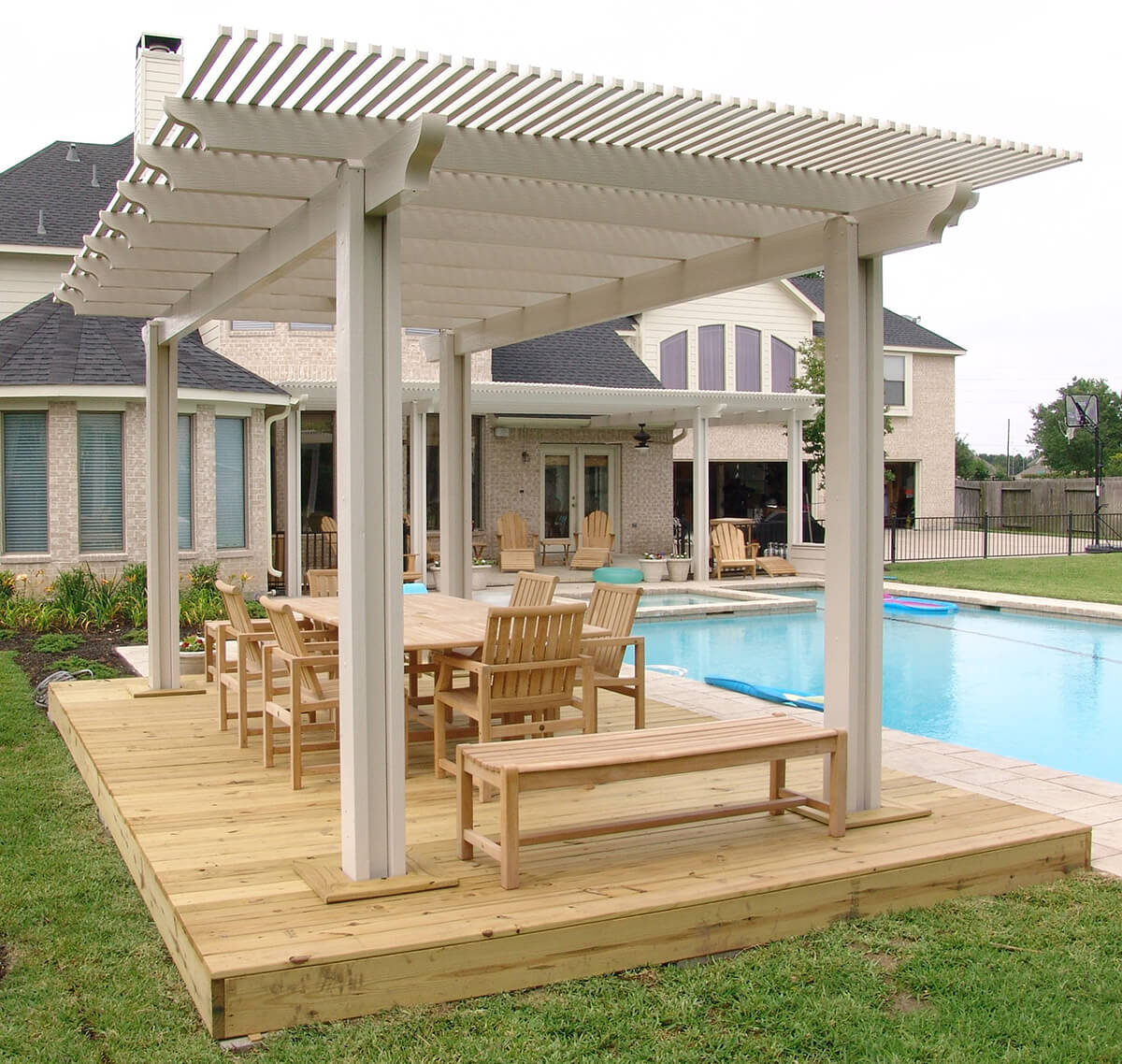
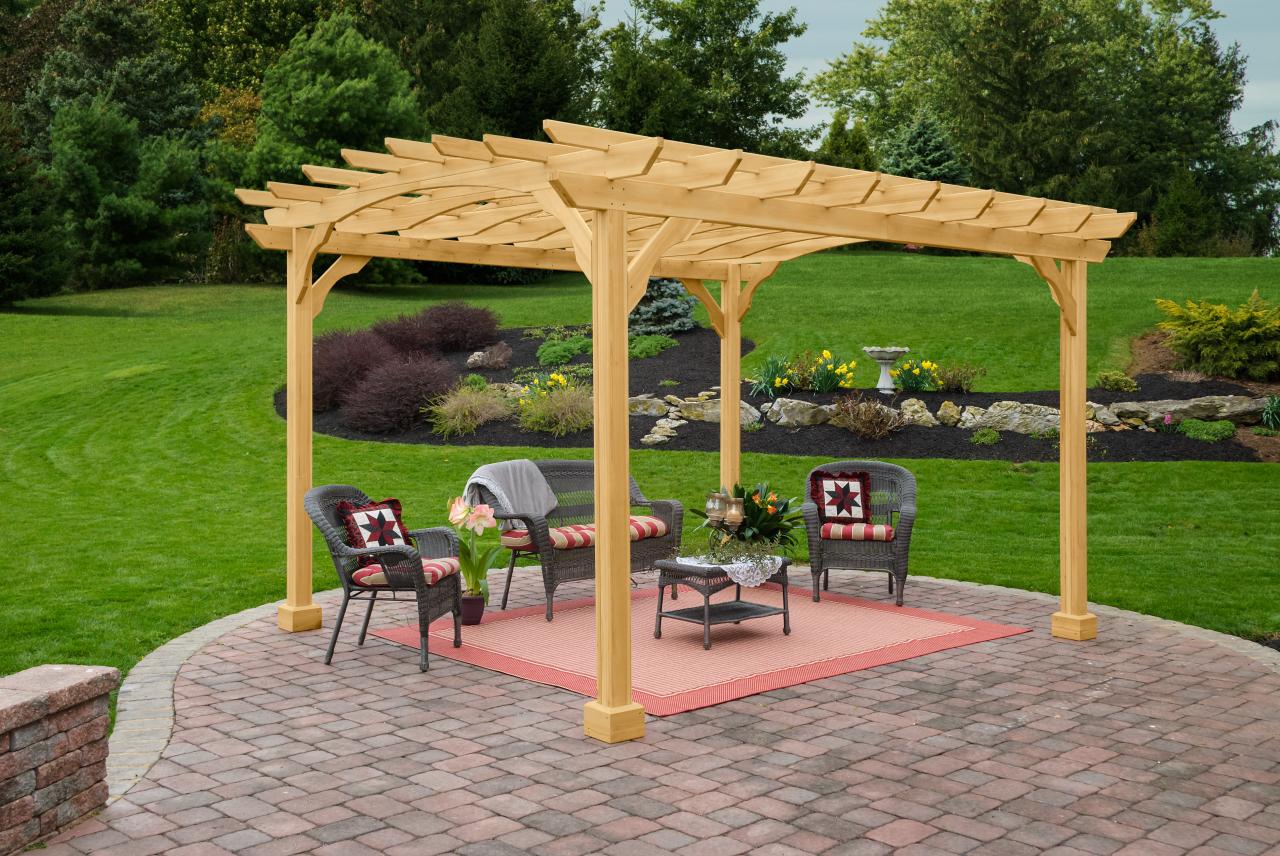

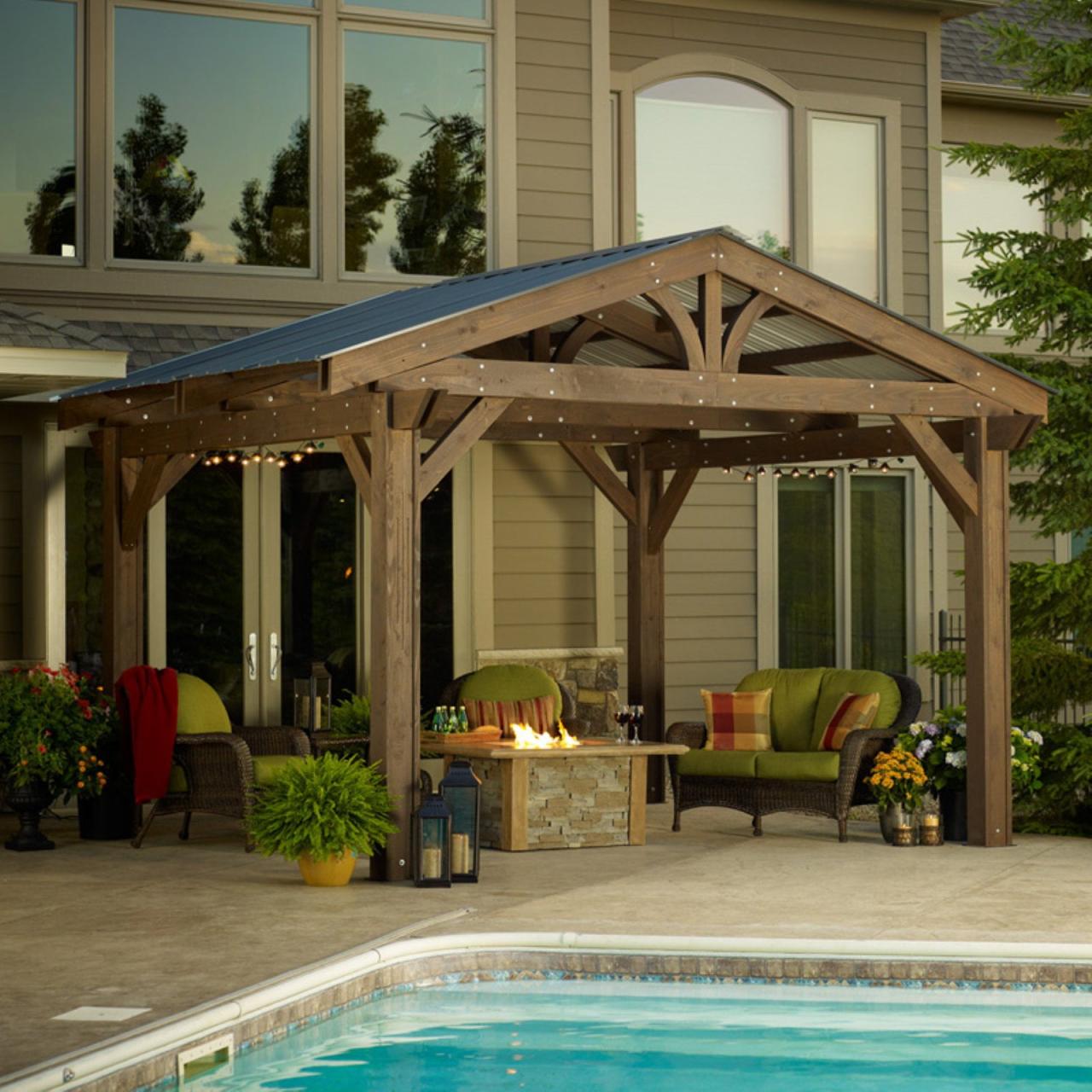

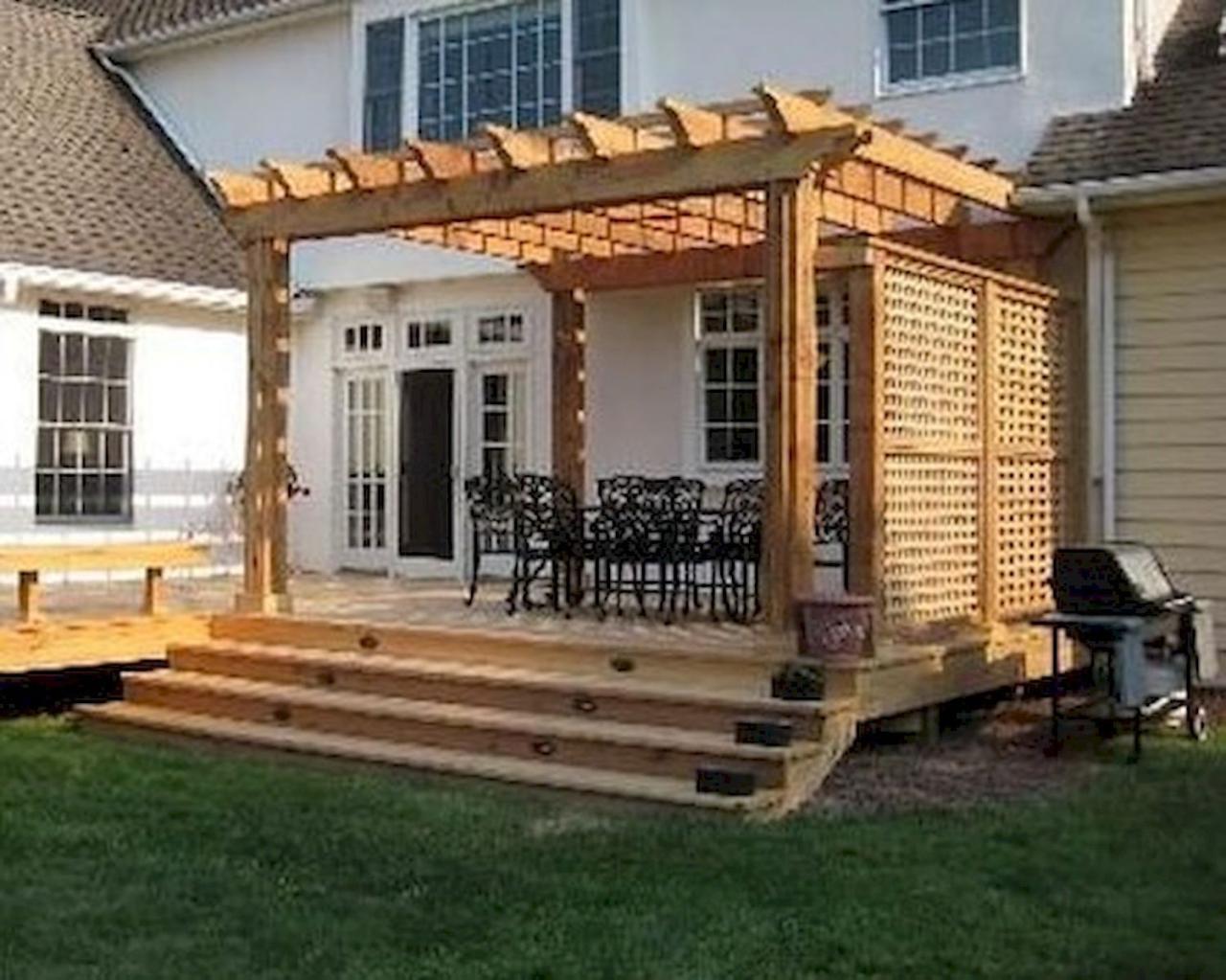
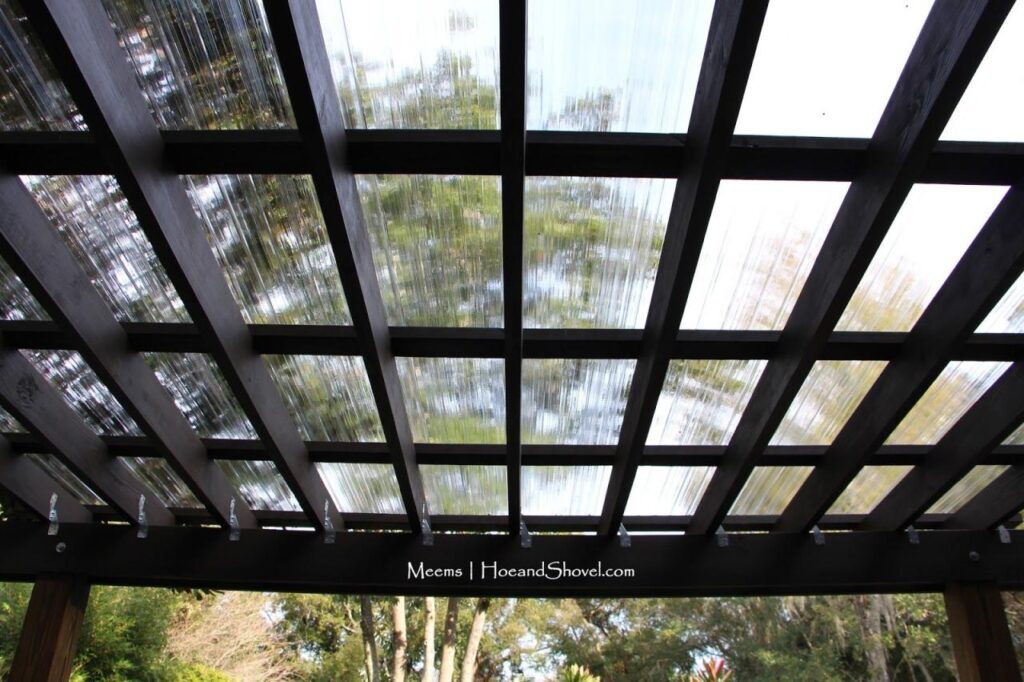
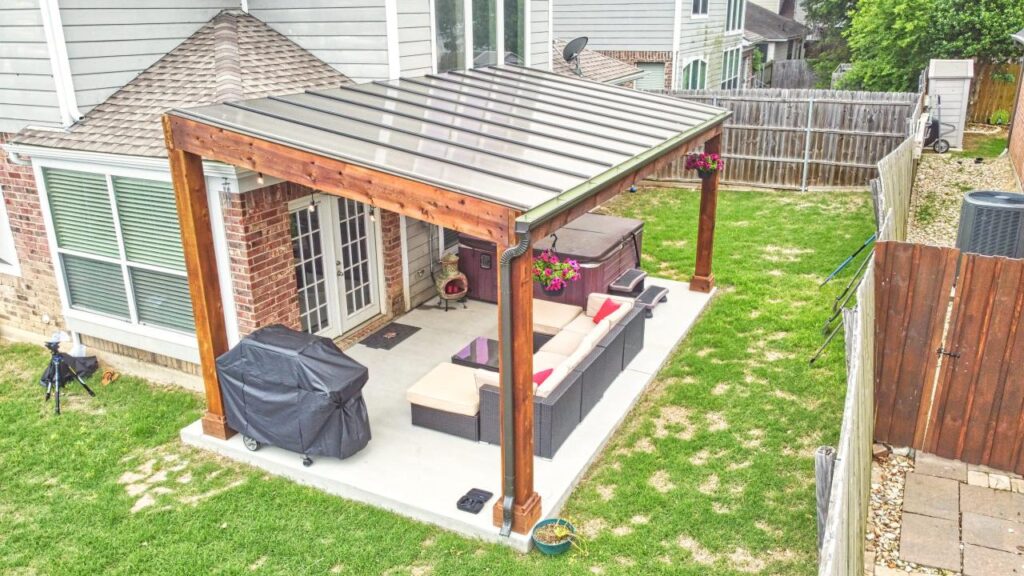
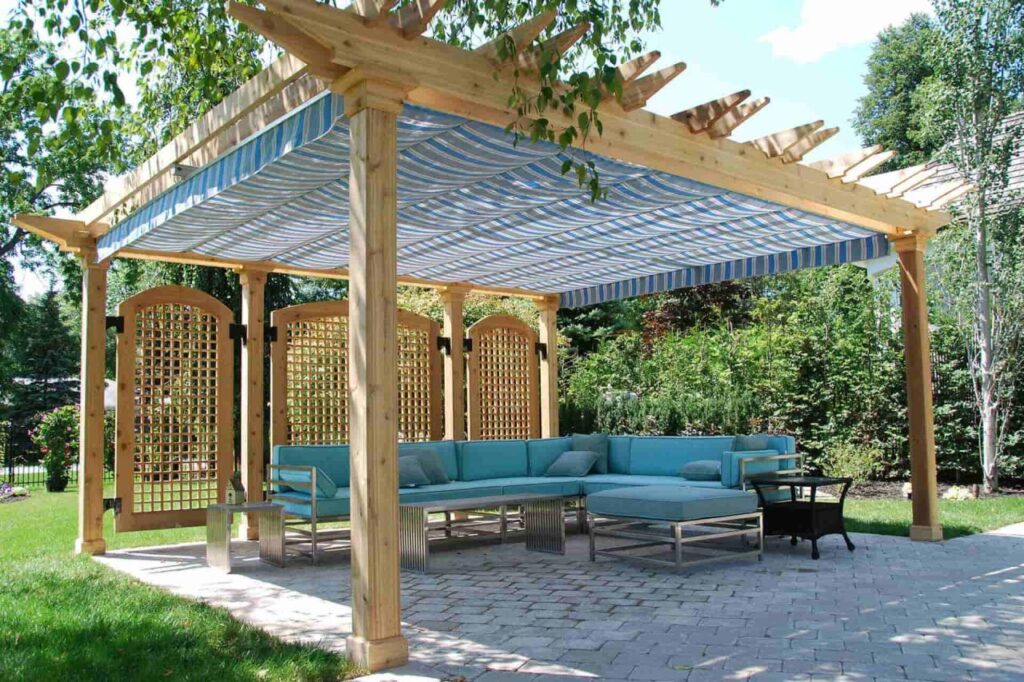

1 thought on “Wooden Covered Pergolas: Enhance Your Outdoor Living Space”